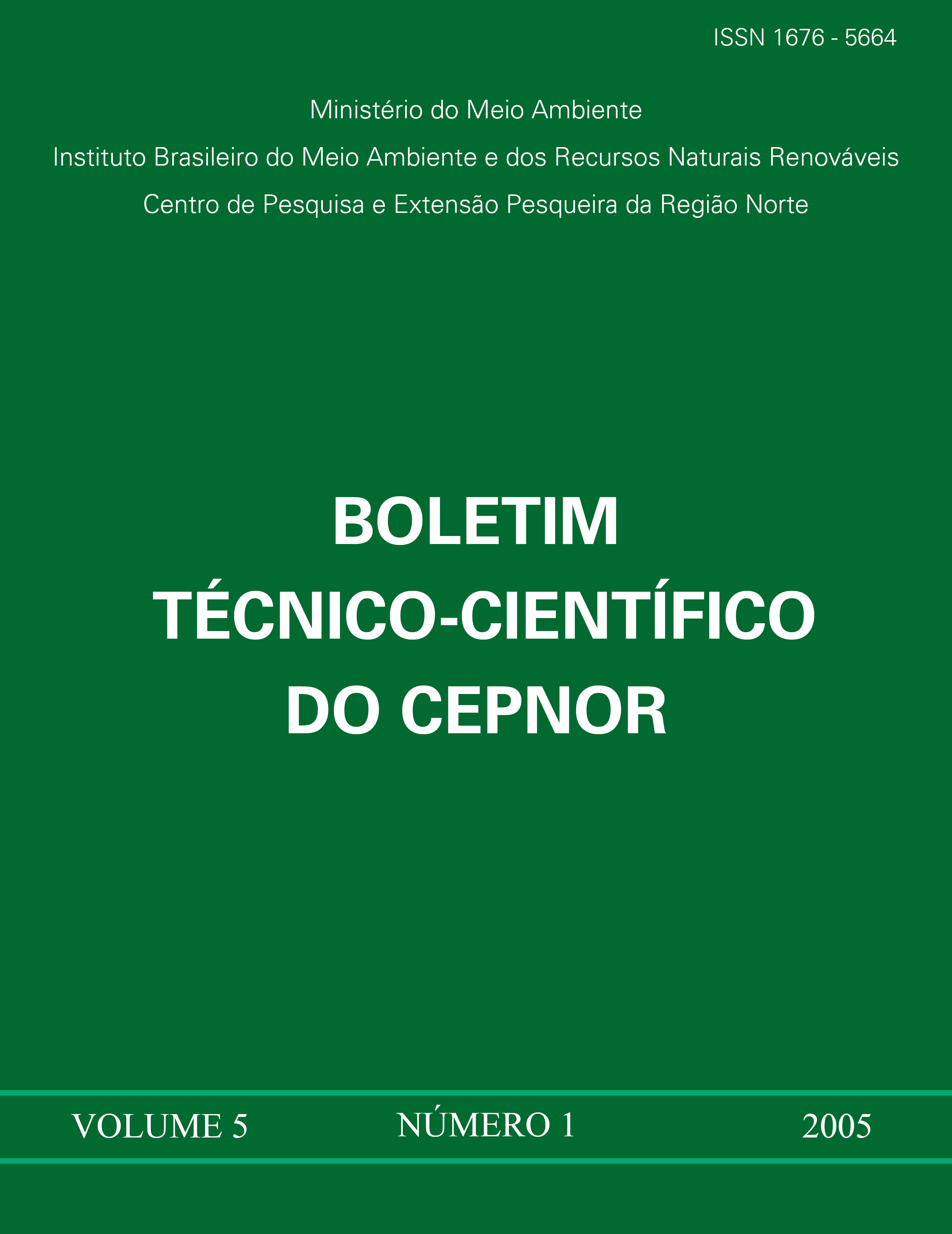1258 ustos E Rentabilidade De Embarcações Envolvidas Em Pescarias Artesanais Marinhas E Estuarinas, Município De Vigia, Estado Do Pará, 2004-2005
Palavras-chave:
artisanal fisheries, catch costs, economic feasibilityResumo
The general objective of this research was the study of the microeconomic
conditions under which artisanal boats engaged in marine and estuarine fisheries
operate off Vigia county, Pará State, Northern Brazil. The specific objectives
addressed the measurement of catch costs and economic feasibility indexes.
Eighteen vessels of different characteristics were analyzed, including mediumand small-sized vessels, and motorized and non motorized canoes. There were
boats that operated with gillnets and other that used longlines fishing gear. During
the period from September, 2004 to August, 2005, for each boat’s fishing trip, data
on expenses with inputs, services and labor, and revenues from product sales
were collected. Total and average revenues, costs and profits were determined
and some economic feasibility measures were calculated. In fisheries using nets,
the most important product was the acoupa weakfish. In those with longline, the
most important fishes were gillbacker sea catfish and kumakuma. Medium-sized
vessels with nets, operating in marine areas, showed the greater net revenues
and economic profits, with a benefit/cost ratio of 1.29, a profit margin of 22.60 %
and a break-even point of 19.04 %. It provided the best remuneration to fishers.
The small-sized vessels with longline showed the best benefit/cost ratio (1.43)
and profit margin (30.02 %). This boat had some special characteristics: it was
very close to a medium-sized one (in size and engine power) and, differently from
other small-sized boats, operated in marine areas and used longline as fishing
gear. On the other side, the medium- sized vessel with longline held a unique
situation in this study, by displaying a benefit/cost ratio equal to unit, thus implying
zero economic profit. It operated a kind of fishery with the use of a number of
auxiliary boats (usually three) and, therefore, incurred in higher fixed and variable
costs that apparently were not compensated by a greater production. The small
non motorized canoes seemed to represent a typical case of subsistence fishery.





